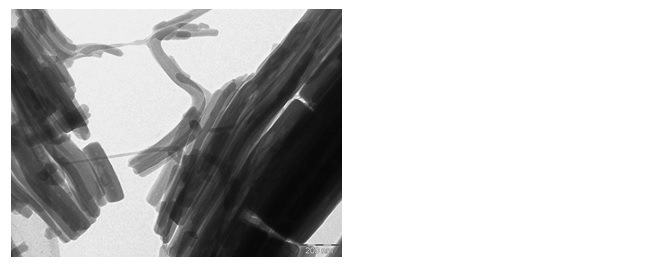Many types of biomaterials have a molecular design and composition which make the functionality superior to most man-made material. One example is bionanocomposites such as bones, teeth and nacre. Here hieratical structures and combination of hard inorganic material and flexible biopolymers provide these materials with extremely high material toughness and internal adhesive strength.
We have recently started to combine our knowledge about polymer adhesion, single polymer elasticity and surface forces described by continuum theories to investigate how polymer adhesion and elasticity can be used to strengthen the stability of nanocomposite material or in a new design of glue between different interfaces. As an example, we have in a study of CaCO3 rich biocomposite material from shellfish demonstrated that the high fracture toughness is a consequence of so-called sacrificial bonds and hidden lengths in polymeric material which are able to dissipate large amounts of energy upon stretching. If an external stress force comes in the form of a mechanical shock, which works over a limited time and distance, all energy can be dissipated before the surfaces reach complete detachment and the sacrificial bonds can reform as the external load is released. This is also a mechanism which can lead to a self-healing capability in biomimetic material.

Figure 1: The molecular fingerprint of the adhesive interaction is explored by an atomic force microscopy employing the colloidal probe technique.
In other studies we have demonstrated that the same mechanisms can be used to control lubrication between biological or biomimetic material since the degree of sacrificial bonds and elastically stored energy determines how much energy which will be dissipated during shear motion. An ultimate goal of these studies is to combine the fundament understanding for the molecular design with the properties of stimuli responsive polymers. Hereby we can become able to control or trigger the properties of biomimetic material to fulfill the requirement in a given situation.

Figure 2: Example of high internal adhesion in biomaterial induced by a network of biopolymers attached to a skeleton of stiff bio-fibers and calcium carbonate.